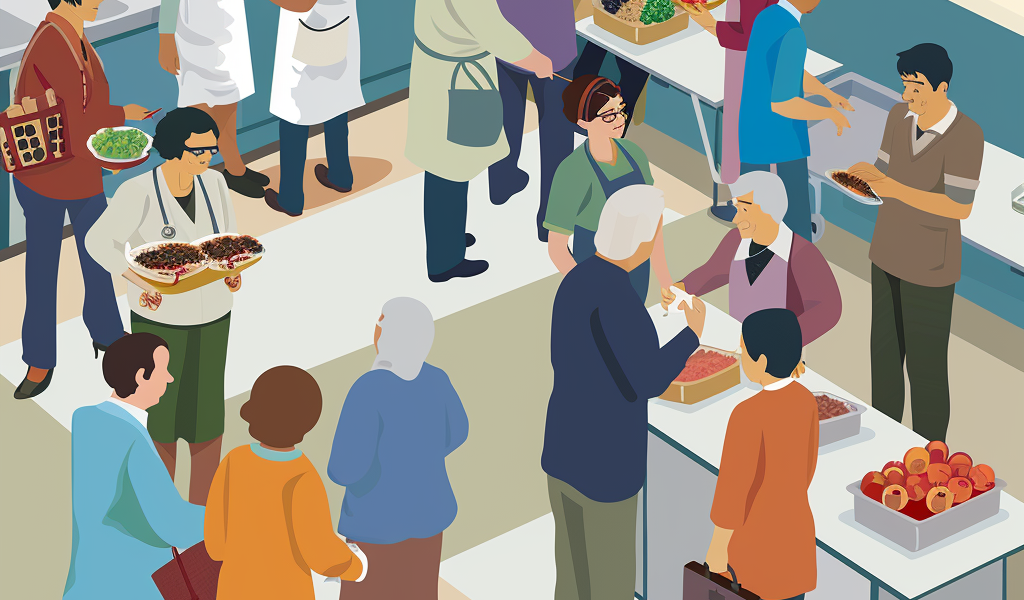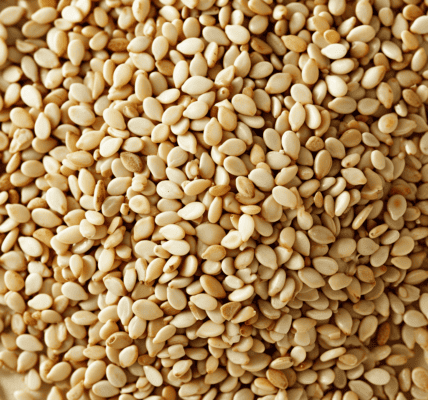Cases of norovirus are on the rise in the US, especially in the Northeast, according to the most recent data from the US Centers for Disease Control and Prevention (CDC). The week ending February 17 saw more than 12% of tests for norovirus coming back positive, indicating a surge in the common and highly contagious virus that causes gastrointestinal symptoms. This percentage is up from 11.5% the previous week, with the Northeast experiencing an even higher rate of over 13%.
Despite the increase, the current levels are still below those observed at the same time last season, where about 15% of tests were positive, both nationally and in the Northeast. Norovirus outbreaks are most prevalent in the late fall, winter, and early spring, as reported by the CDC.
Norovirus is the leading cause of acute gastroenteritis, commonly referred to as a stomach bug, in the United States, causing 19 million to 21 million illnesses annually. The virus spreads rapidly in crowded environments like nursing homes, day care centers, and cruise ships, through direct contact with an infected person, consumption of contaminated food or liquids, and touching contaminated surfaces followed by hand-to-mouth contact.
The most common symptoms of norovirus include diarrhea, vomiting, nausea, and stomach pain. Although there is no specific treatment for norovirus, experts advise individuals to stay hydrated by consuming plenty of liquids. The CDC recommends preventive measures such as frequent handwashing, thorough rinsing of fruits and vegetables, and proper cooking of shellfish to avoid illness.
In January, the US Food and Drug Administration cautioned against the sale and consumption of certain oysters from Baja California and Mexico due to potential norovirus contamination. This advisory was issued following a sushi restaurant in North Carolina being linked to over 200 suspected norovirus cases in December.
As the US grapples with the norovirus surge, it is crucial for individuals to be vigilant and practice preventive measures to curb the spread of the virus.





